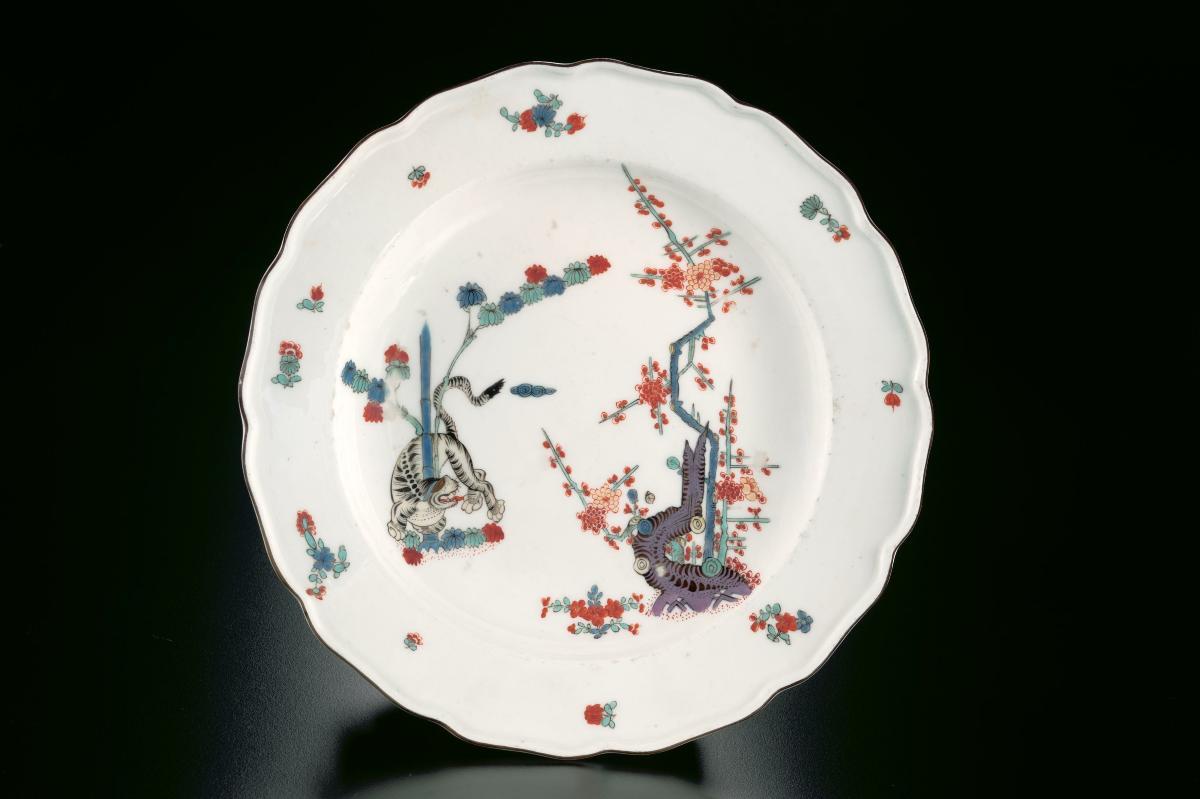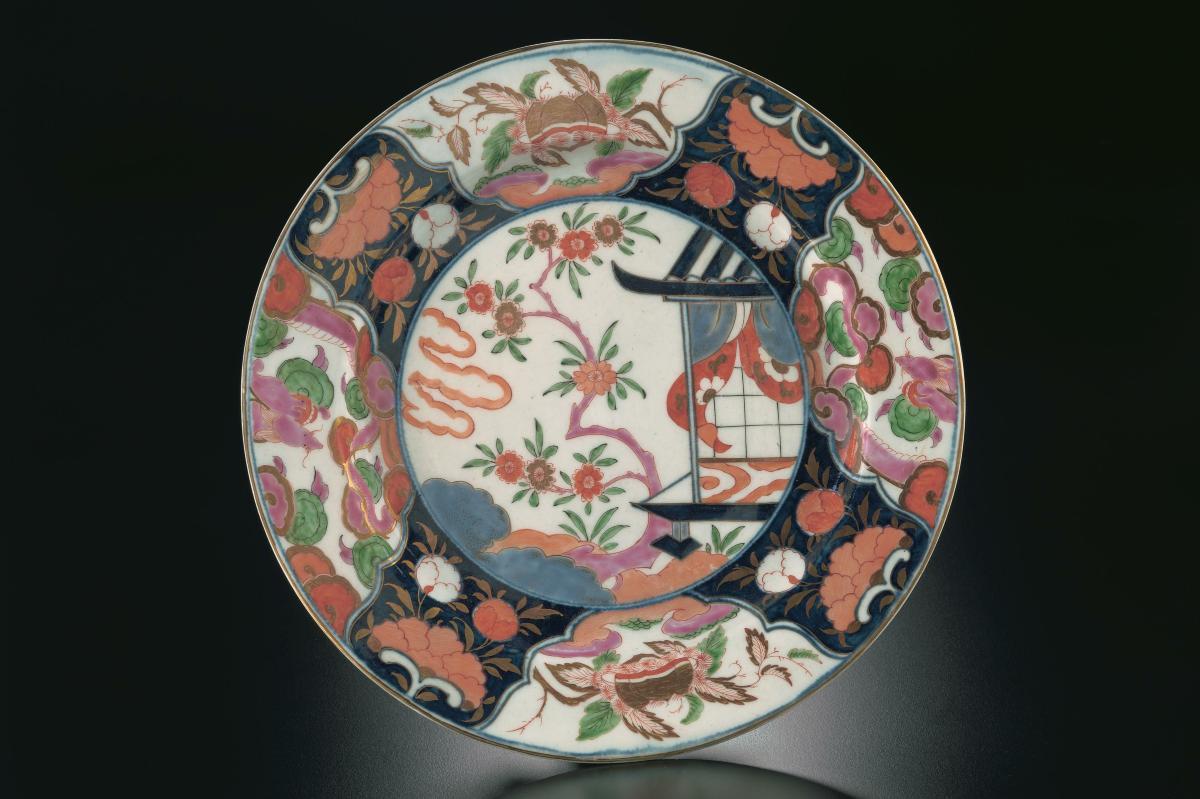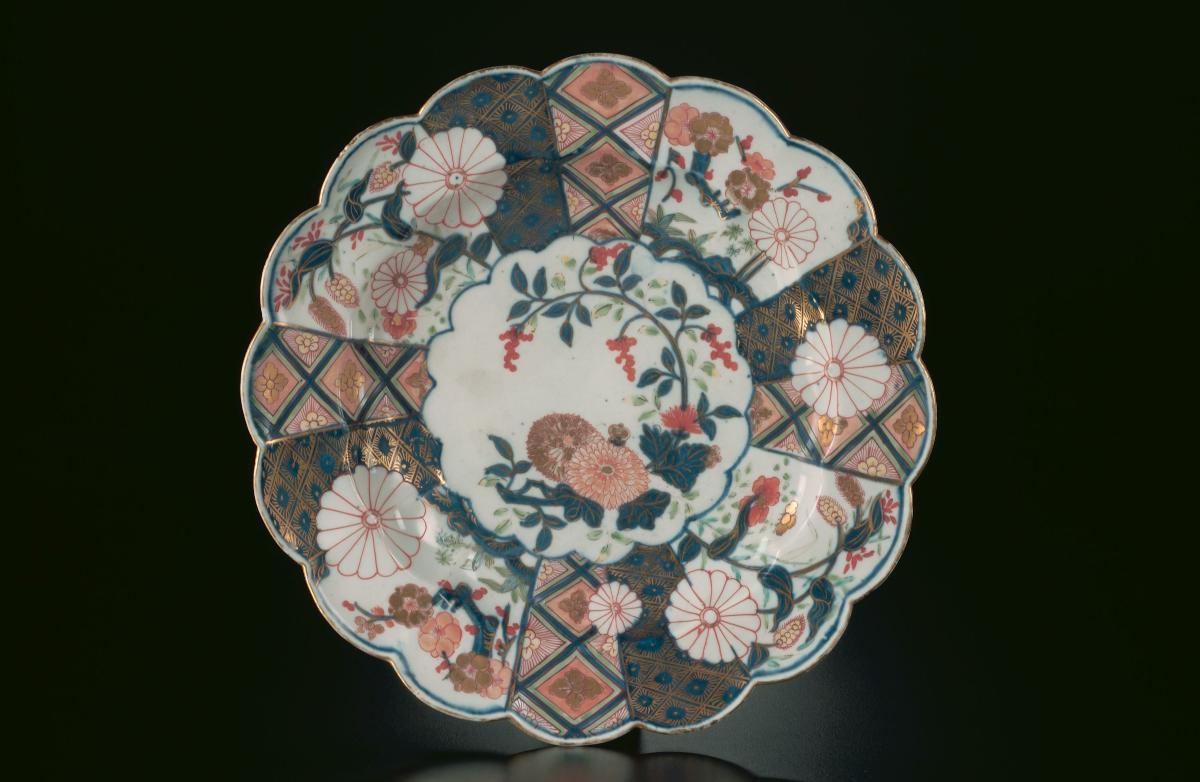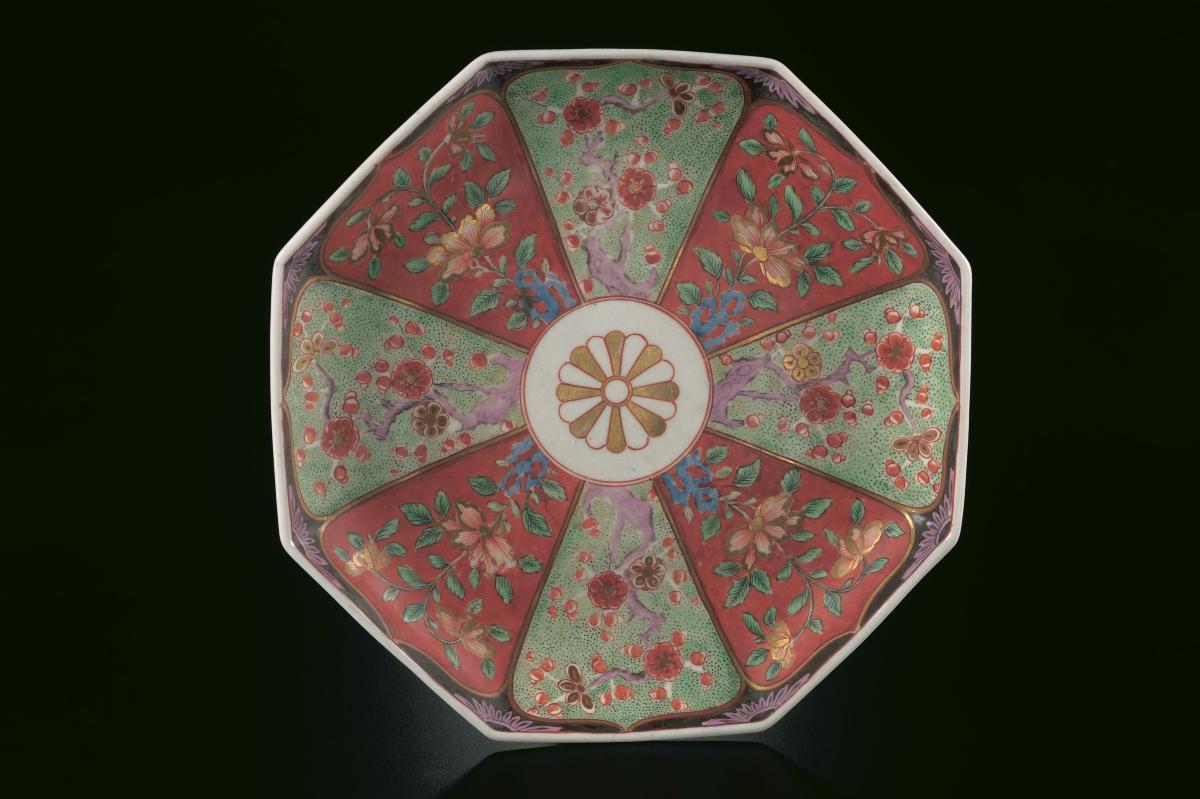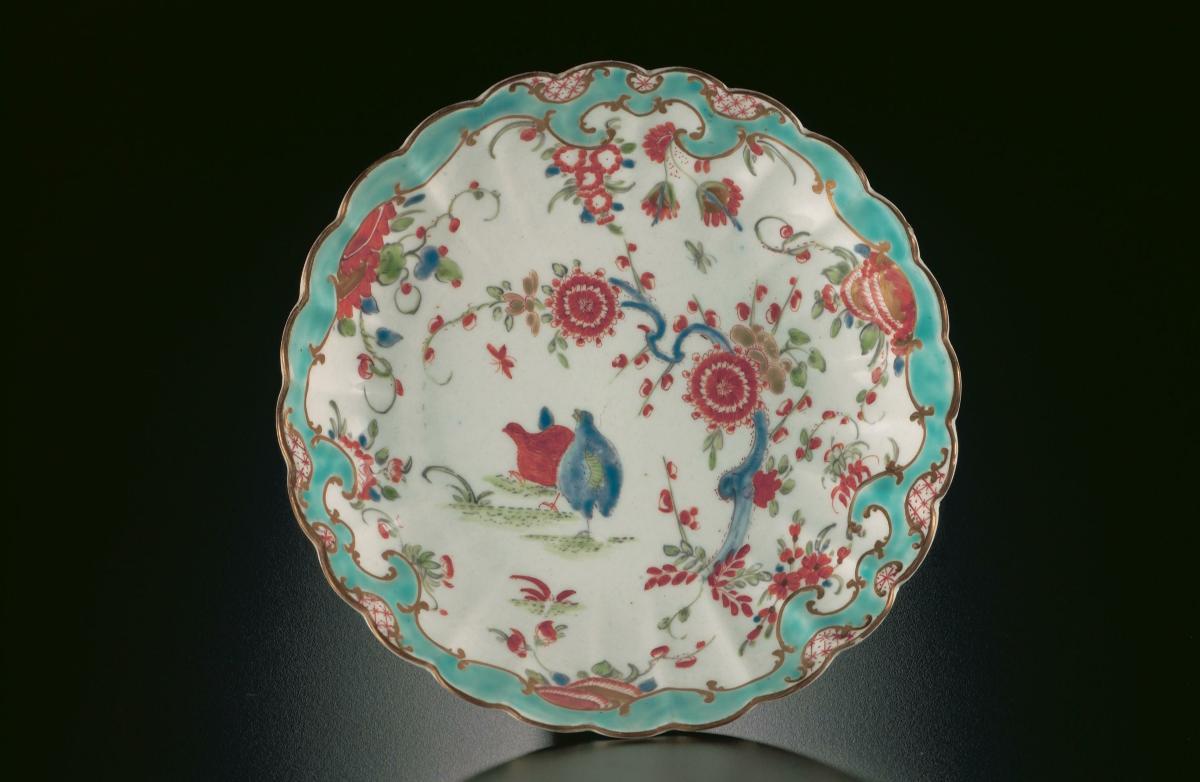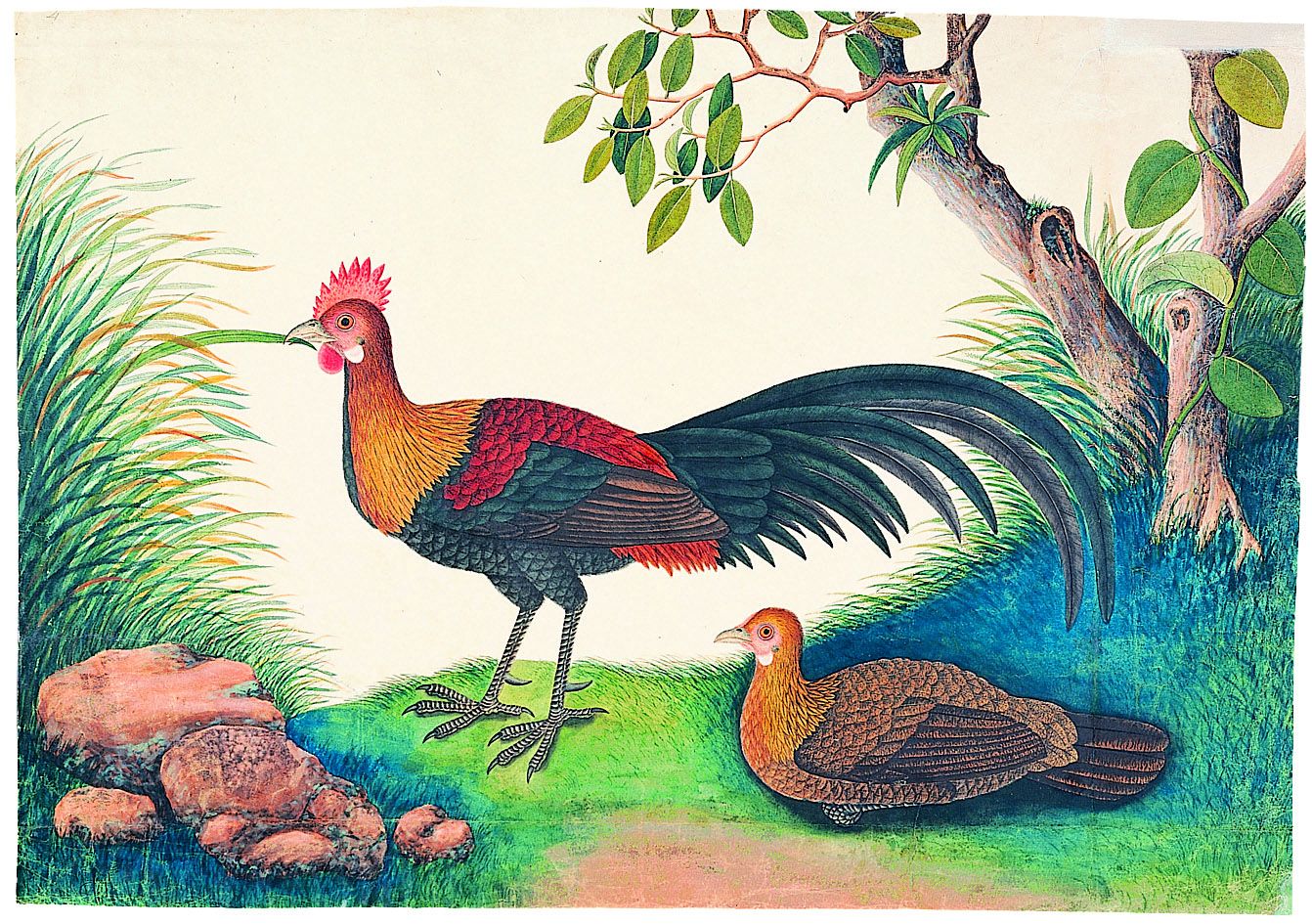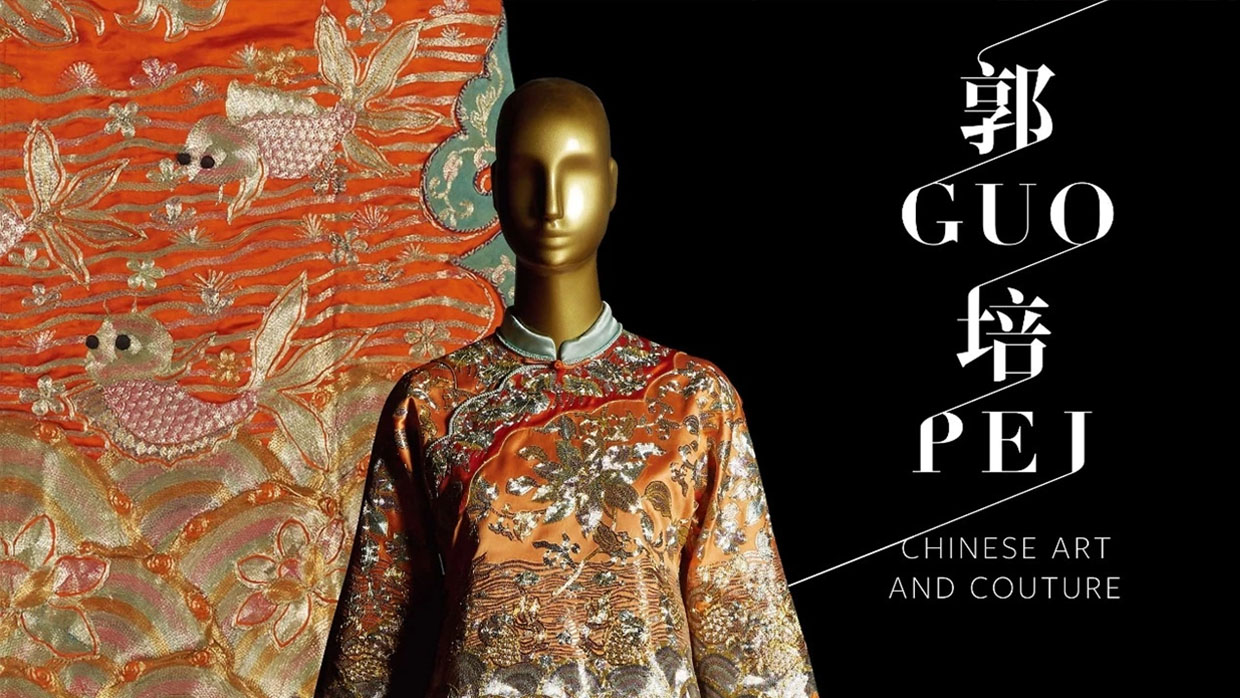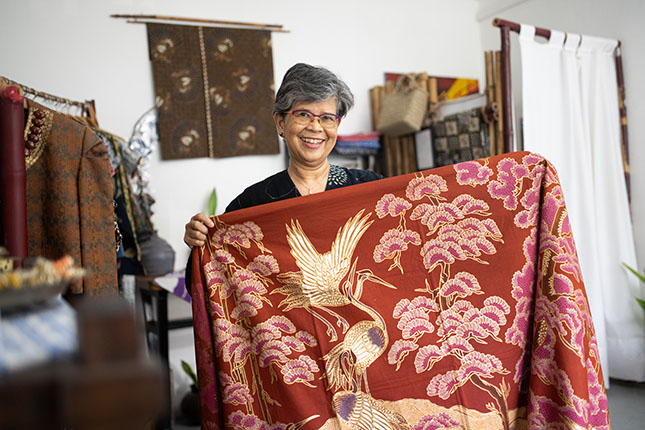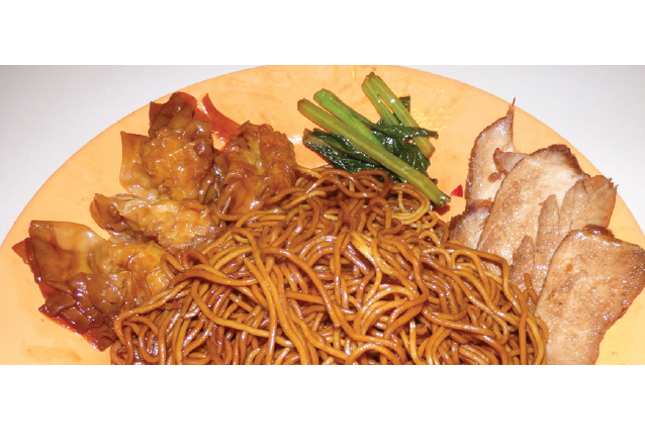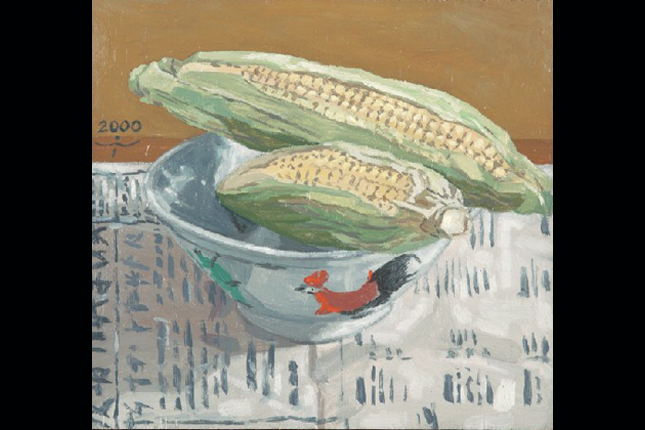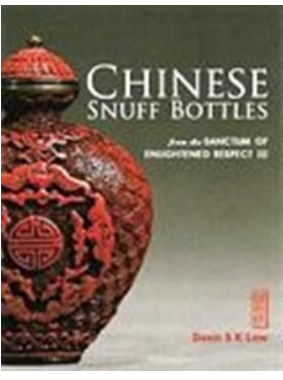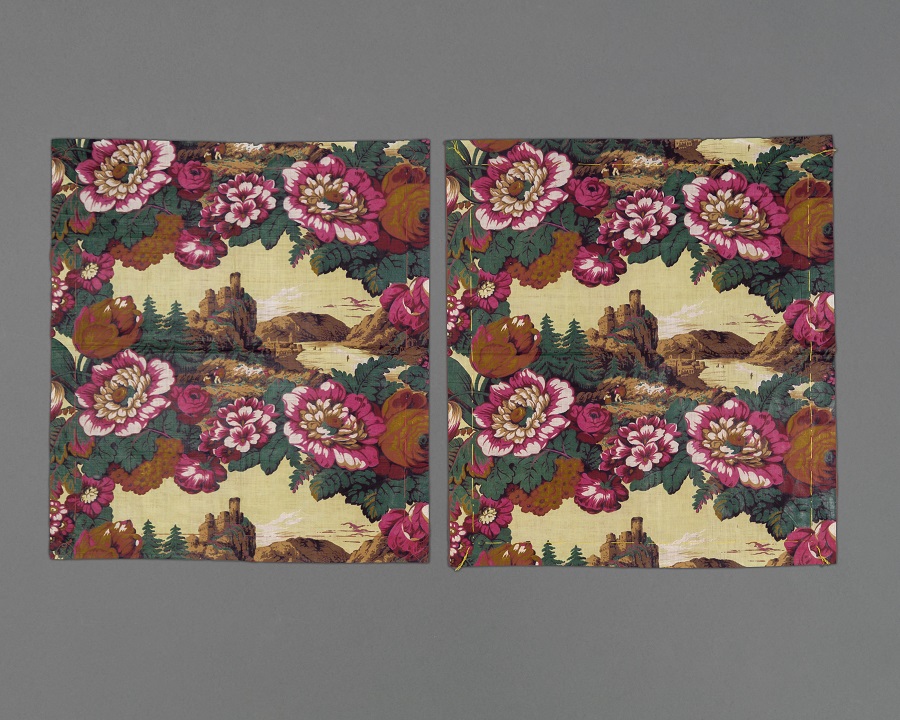This pattern known as 'Gelbe Löwe' (‘yellow lion’ in German), is based on a Kakiemon design and was highly popular at Meissen. This pattern is also found on porcelain from other factories including Worcester and Chelsea. It consists of a tiger coiled around a bamboo, opposite a flowering prunus tree. While this composition is Japanese, the addition of floral motifs around the rim of the plate is a European adaptation. A plain rim would have been more in keeping with the elegant simplicity of Japanese taste.Among porcelains imported East Asia, the Kakiemon style had one of the greatest impacts on European ceramics. The porcelain was produced in the area of Arita in present-day Saga prefecture on Kyushu Island. Kakiemon is named after the potter, Sakaida Kakiemon (1596-1666), who was reputed to have pioneered the use of colour enamels on porcelain in Japan. The designs are finely painted in translucent overglaze enamels with large undecorated areas highlighting the distinctive milky-white body. The colours and patterns of Kakiemon wares were reproduced and modified by European factories. A popular motif was the ‘quail’ pattern of Kakiemon. The high demand for expensive Japanese imports also led to Dutch enamellers painting Japanese designs on blank Chinese wares.




